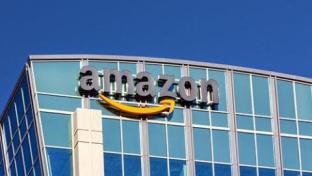Inventory management key concern for grocery retailers

Inflation causing price pressures, maintaining a strong workforce, and supply chain constraints leading to on-shelf availability are the top concerns of grocers, according to a new report from Relex.
The retail solution provider’s new report, Staying Competitive in Grocery Retail: The State of the Industry, interviewed 105 grocery retail professionals from the supermarket, convenience, discount and specialty sectors. When asked about the next 12-18 months, retailers cited improving collaboration with suppliers and CPG partners (55%), increasing profitability for online channels (52%) and optimizing their supply chain network (46%) as “very” or “most important.”
“As supply chain uncertainty continues to loom, the relationships between retailers and consumer goods companies are becoming critical,” said Relex in the report. “Customer engagement within online channels continues to grow, and limited supply requires more transparency across the supply chain network to keep shelves stocked.”
Roughly three quarters (74%) of respondents said that fresh products are essential to their business. More than half of respondents reported that spoilage accounts for <1.5% of their annual revenue. Of those fresh leaders with <1.5% of spoilage, 64% are forecasting daily or intraday.
“For these fresh leaders, frequency and granularity are working in their favor,” said Relex. “While a longer horizon can be better when dealing with growers, a more time-sensitive and granular approach can help when dealing with rapid demand changes or managing seasonal shifts or weather disruptions.”
Eight in 10 (80%) retail leaders surveyed said that inventory forecasts are done at least weekly and 61% being done daily (54%) or intraday (7%). Additionally, 60% of forecasts are done at least at a cluster level, with half being at store-level granularity. Retailers reported they typically forecast within a three-month horizon, with the majority (41%) at a 14-30-day interval.
When asked about the current state of their store replenishment operations, Relex found that 63% of respondents were either neutral (50%) or less than satisfied (13%). As for what they want their store replenishment solution to do that it cannot do now, respondents said the ability to create time-phased order projections (41%) and leveraging planogram and space data to inform replenishment recommendations (31%) as top priorities.



